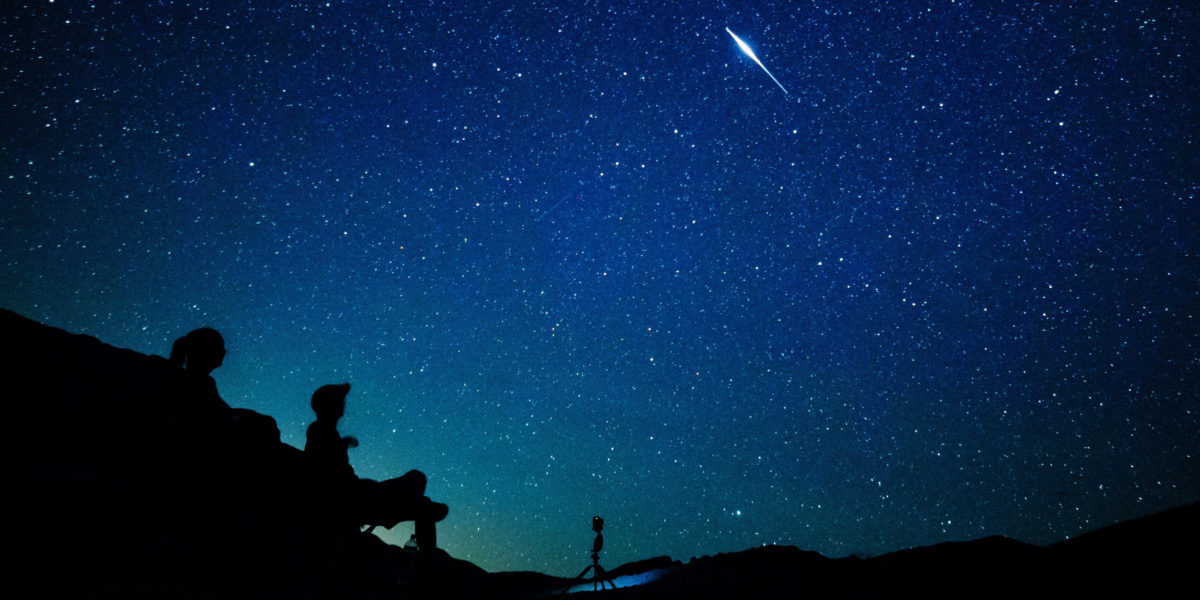
How to Throw a Star Party
We’re talking about celestial—not celebrity—matters! Amp up stargazing by throwing your own star party or attending one at a local Dark Sky certified park.

What’s a Star Party?
Star parties are becoming a new favorite outdoor activity around the West, taking places in state parks, national monuments, or even backyards on nights with a clear sky. A star party is frequently hosted by parks or places that are Dark Sky certified, meaning they’ve taken steps to curb their evening light pollution to keep the stars and Milky Way visible. The event takes place late in the evening for a completely dark sky, and the hosts (or local park rangers) guide visitors to gaze upon planets, star clusters, and distant galaxies.
Where Can You Find a Star Party?
If you’re looking to attend a star party, do research to find a certified Dark Sky park. The International Dark Sky Association (IDA) has an online Dark Sky Place Finder tool to make it easy to find one, and then you can check the place’s calendar to see when their next star party is. Some places have more events than others–Utah, for example, has a number of parks with Dark Sky certification, from Goblin Valley and Antelope Island state parks to national parks like Arches and Canyonlands. The IDA certifies parks and places all over the world, so no matter where you’re going, you can find a place with a dark sky.
Can You Throw Your Own Star Party?
“People could definitely host sky parties. They’re usually hosted by local astronomy clubs, but they don’t have to be,” says Bettymaya Foott of the Colorado Plateau Dark Sky Cooperative. Here’s what you’ll need to host your own star party.
Check Sky Quality
Dark Sky Meter App; $1.99 on iTunes
Curious how dark your night sky is? Use this award-winning app to easily measure your night sky brightness and get information about your local night sky quality. Plus, the data will go to build a global map of sky darkness.
Do Some Research
“To have a star party, it’s important to include messaging about lumen levels, lighting ordinances in communities, etc.,” says Foott. Being able to share where light pollution comes from in cities and how your community and its members can take action is a big part of making stargazing a true dark sky and star party. Research online at the IDA website and reach out to your local astronomers or parks for ideas on what to share, or if they can join your gathering.
Recognize the Constellations
No local astronomer? This app uses augmented reality to recognize and connect the stars in the sky to show you the constellations they create.
Rely on the Naked Eye
Don’t feel like you need a telescope to appreciate the night sky. Foott works with a naked eye astronomer who doesn’t use a telescope for a variety of reasons. “They can be intimidating, hard to set up, or make [the activity] feel less connected,” she says. Feel free to skip the setup and appreciate the stars with your own eyes. If you want to upgrade, astronomers actually recommend starting with a pair of binoculars, like Celestron’s Cometron Binoculars ($35). If you want to upgrade to better views and feel up for the setup challenge, try the affordable Astronomers Without Borders OneSky ($250).
Party Prep
Set up space for everyone to kick back and enjoy the night sky. Make it cozy with plenty of blankets so folks can lie back and watch the stars—if it’s a warm night, spread out a few minimalist blankets like these, or have extra blankets for folks to wrap themselves up with like these if it’s a chillier night. Even though it’s well past dinnertime, keep away the nighttime hunger some easy cold appetizers that can chill outside with your party, and hot cocoa—but skip the s’mores so that the campfire doesn’t accidentally block out the fainter stars.
